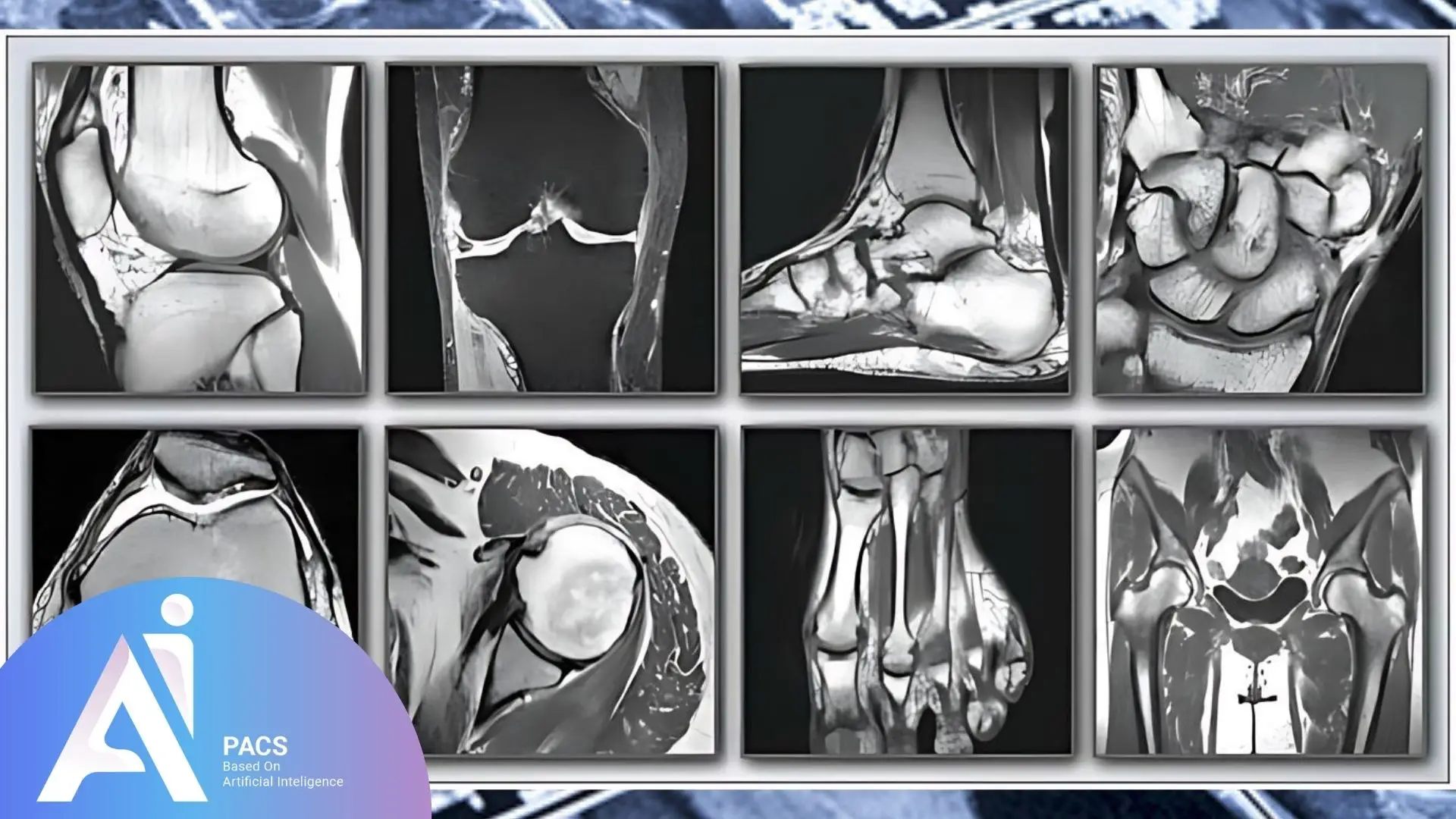I’m Dr. Vahid Alizadeh. In this new musculoskeletal of “Why, When, Who” series, I will discuss different joints and conditions—shoulder, knee, hip, spine, and more. In each article, I’ll explain how imaging plays a key role in diagnosis and management.
Why Is Imaging Important in Musculoskeletal Conditions?
MSK imaging helps in three major clinical settings:
1. Sports Medicine Injuries (Professional Athletes)
Professional athletes often suffer acute injuries during training or competition. These injuries can include ligament tears, tendon damage, or joint dislocations.
- Imaging (especially MRI) is needed quickly to confirm the diagnosis
- Early diagnosis enables targeted treatment and rehabilitation
- The goal is a rapid return to sport, as performance is their profession
Explore this more on our sports medicine page.
2. Repetitive or Chronic Joint Injuries (Non-Athletes, Over Age 35–40)
These patients are not professional athletes but often stay active through work or recreational sports. Over time, minor repetitive injuries can lead to:
- Joint pain and swelling
- Tendinosis, bursitis, or cartilage degeneration
- Decreased joint function and range of motion
Imaging can detect:
- Micro-tears in tendons
- Joint space narrowing or cartilage wear
- Early degenerative changes before severe damage occurs
3. Inflammatory and Infectious Joint Disorders
Autoimmune and infectious conditions can silently destroy joints unless detected early.
- Rheumatoid arthritis causes synovial inflammation and joint erosion
- Septic arthritis or viral arthritis can result in rapid joint damage
Imaging is crucial because:
- MRI and ultrasound detect early synovitis, bone edema, or effusion
- Early diagnosis = better outcomes and can prevent joint replacement surgery
When Should Musculoskeletal Imaging Be Performed?
Knowing when to image makes a difference in outcomes.
Imaging Should Be Considered When:
- Pain lasts more than a few weeks or is disabling
- There’s limited motion or clicking in the joint
- Trauma or sports injury occurred
- Inflammatory arthritis is suspected (e.g., morning stiffness, multiple joints)
- Fever, redness, or infection signs suggest septic arthritis
Imaging Modalities Used:
- X-rays: First step for bone injuries or arthritis
- Ultrasound: For soft tissue and fluid collection
- MRI: Best for cartilage, tendons, ligaments, and early inflammation
- CT scan: For bone detail and complex fractures
Who Should Get Imaging and Expert Consultation?
Early and accurate MSK imaging brings relief and reassurance to professional athletes, active adults, and patients with suspected inflammation or infection.
Imaging Is Especially Important For:
- Athletes needing fast recovery
- Middle-aged patients with chronic joint stress
- Patients with autoimmune conditions like rheumatoid arthritis or lupus
- Anyone with red flag symptoms like joint locking, fever, or rapid progression
AI-PACS, our advanced imaging platform, connects you with radiology experts who understand sports medicine, inflammatory conditions, and degenerative joint disease. It’s not just about taking pictures, it’s about accurate, expert interpretation that helps your care team make better decisions.
AI-PACS Is With You
MSK imaging isn’t just about taking pictures. It’s about accurate, expert interpretation that supports your care team in making better decisions for you.
At AI-PACS.com, we offer second opinions and fast readings for MRI, ultrasound, and CT scans focused on joints, tendons, and soft tissue injuries.
Start here:
https://ai-pacs.com/online-report
Final Thoughts
In this new musculoskeletal series, we’ll cover joints one by one, starting with the shoulder, knee, hip, spine, and more.
Whether you’re an active adult or experiencing joint pain due to inflammation or infection, remember, you play a crucial role in your diagnosis and treatment planning. With expert insight from the AI-PACS team, we’re here to support your movement and recovery.
With expert insight from **AI-PACS team **, we’re here to support your movement and recovery.
